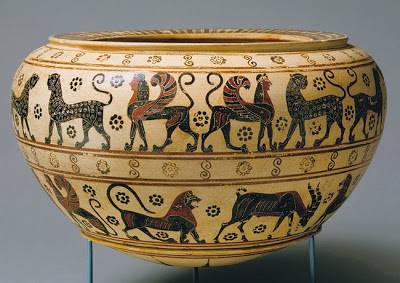
Archaic
A term used to describe an early stage in the development of civilization. In New World chronology, it is the period just before the shift from hunting, gathering, and fishing to agricultural cultivation, pottery development, and village settlement. Initially, the term was used to designate a non...
archaeologs EnglishPeriods
EnglishPeriods